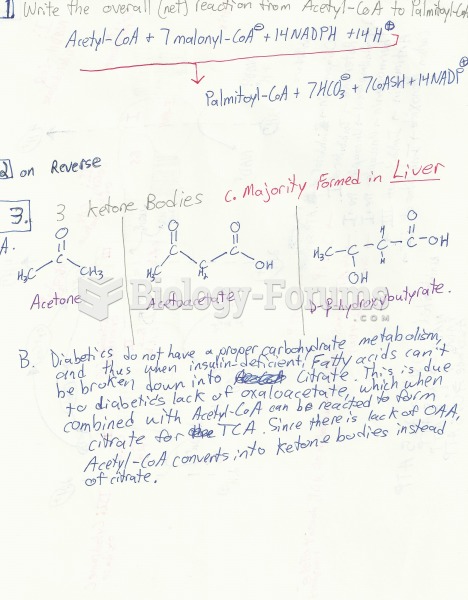|
|
|
When blood is deoxygenated and flowing back to the heart through the veins, it is dark reddish-blue in color. Blood in the arteries that is oxygenated and flowing out to the body is bright red. Whereas arterial blood comes out in spurts, venous blood flows.
Medication errors are three times higher among children and infants than with adults.
After 5 years of being diagnosed with rheumatoid arthritis, one every three patients will no longer be able to work.
Many supplement containers do not even contain what their labels say. There are many documented reports of products containing much less, or more, that what is listed on their labels. They may also contain undisclosed prescription drugs and even contaminants.
Everyone has one nostril that is larger than the other.







